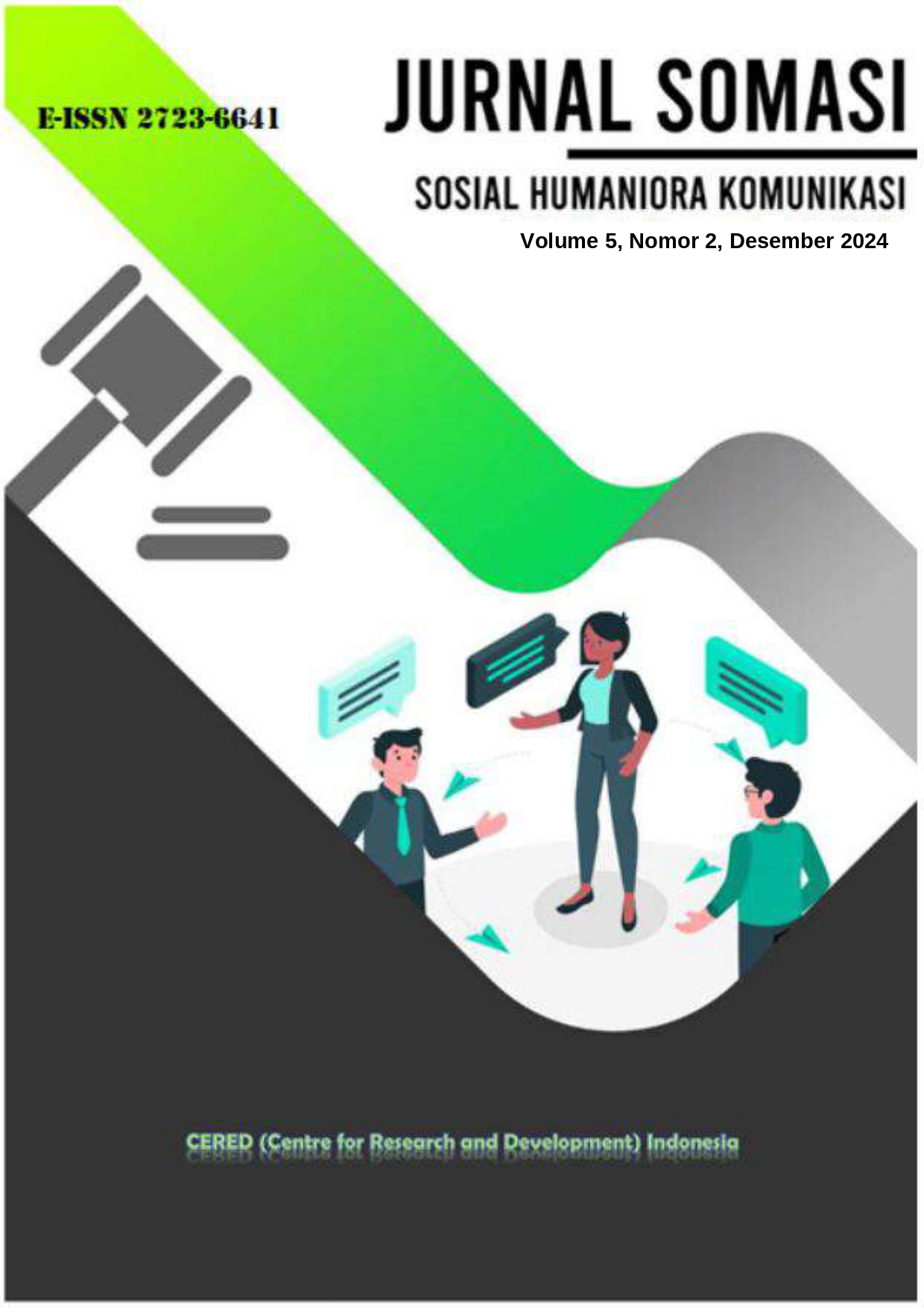Eksplorasi Keberlanjutan Budidaya Kapur Barus Sebagai Endemic Plants Di Kecamatan Barus Kabupaten Tapanuli Tengan Melalui Analisis Multidimensional Scalling (MDS)
Main Article Content
Abstract
Indonesian forests have various types of plants that have high economic value. This commodity is a lime tree which is included in Critically Endangered status with the highest level of threat status before becoming extinct. This extinction was caused by a lack of public knowledge in managing lime trees. Barus District, which is located in Central Tapanuli Regency, is one of the areas that plays an important role in the production of camphor trees. However, the sustainability of camphor cultivation in this region is still a major concern, especially in the face of global dynamics, climate change and economic uncertainty. To answer this challenge, comprehensive research needs to be carried out. In this context, the Multidimensional Scaling (MDS) approach is used to analyze the sustainability dimensions of soybean farming, including ecological, economic, social, technological and institutional aspects. The research results showed that the sustainability status of camphor plant cultivation in Barus, Central Tapanuli Regency was categorized as less than sustainable with an index value of 47.91. Based on the five dimensions used to analyze the sustainability of camphor plant cultivation, it was found that the institutional dimension had the highest index value compared to the other four dimensions (ecological, economic, social and technological dimensions). The sustainability index value from the institutional dimension is 50.16, which means that the value is categorized as quite sustainable. Meanwhile, the other four dimensions are categorized as less sustainable. Of the 17 attributes used in the 5 (five) dimensions of soybean farming sustainability, there are 5 (five) sensitive attributes for each dimension. These sensitive attributes include: (a) ecological dimension consisting of land suitability (b) economic dimension consisting of main business (c) social dimension consisting of family participation. (d) the technological dimension consisting of the processing industry (e) the institutional dimension, namely the role of extension
Article Details
Section
Articles

